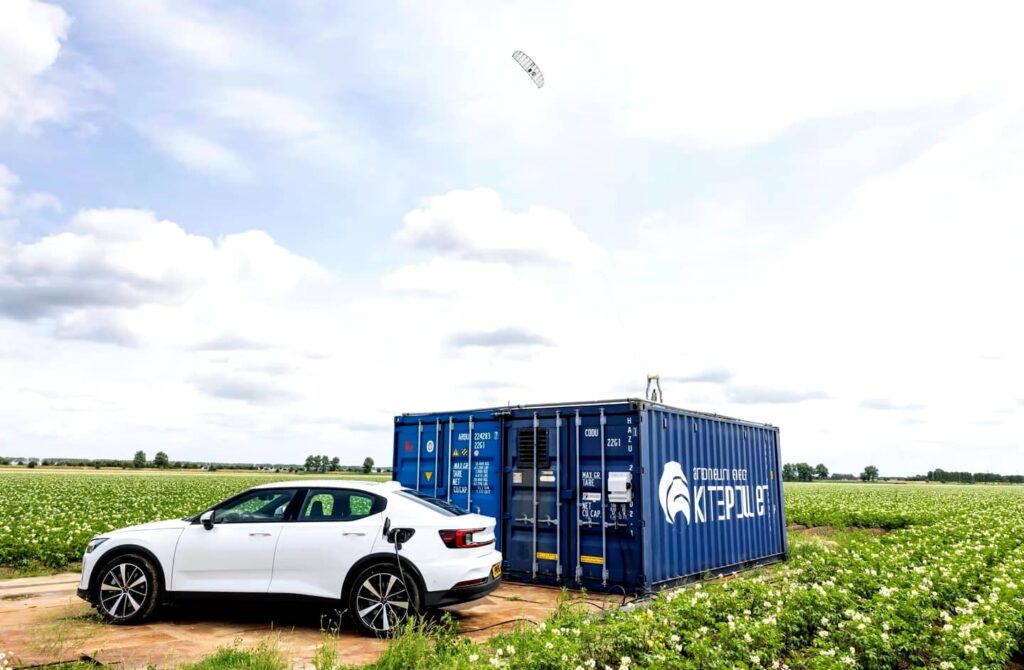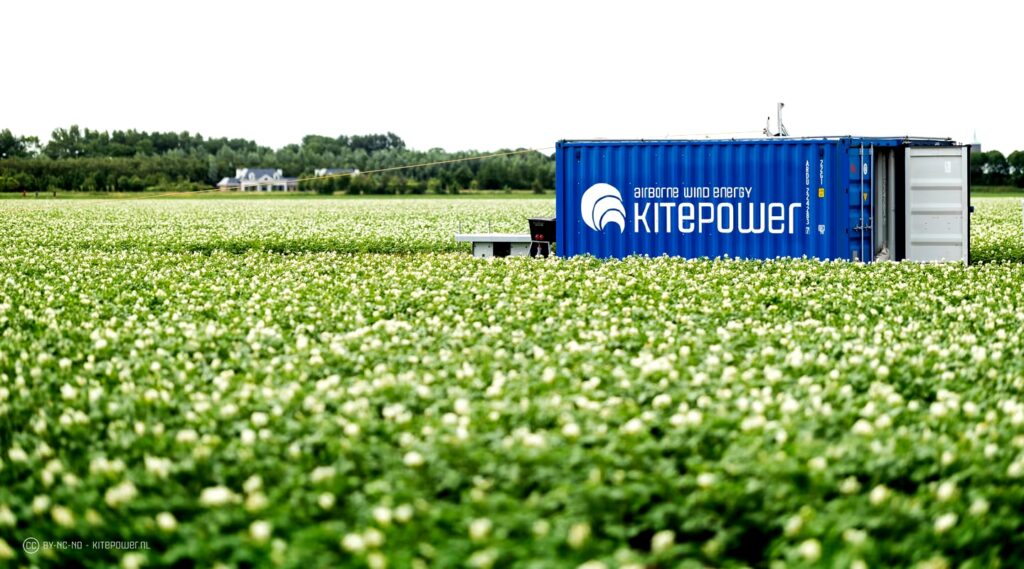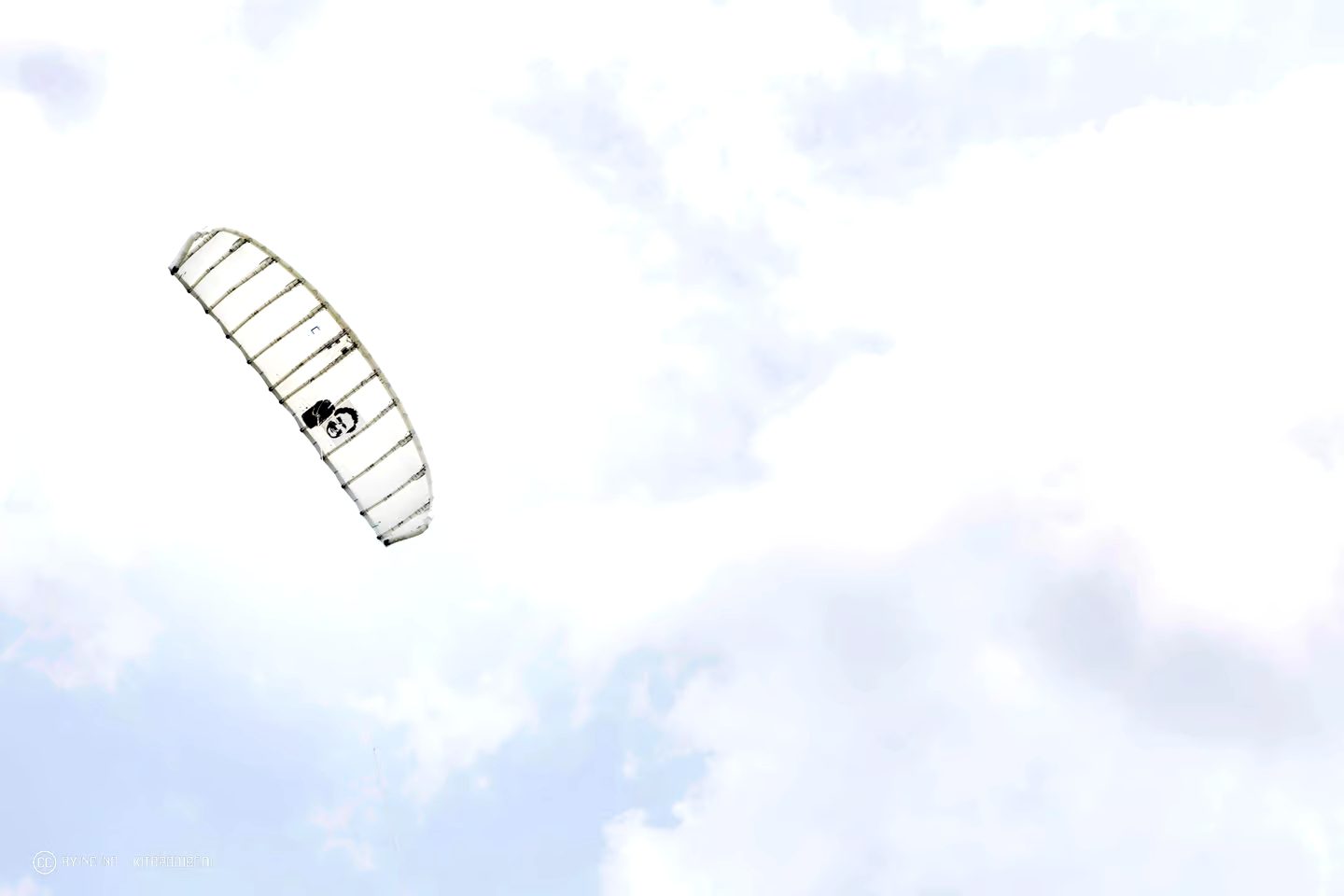There is a sky where not only birds and planes fly, but also energy sources. It's the sky of Kitepower Hawk, a Dutch invention that promises to revolutionize the energy sector, bringing clean and renewable energy to places previously dependent on diesel generators.
How it works
The Kitepower Hawk is an ingenious solution that uses the power of the wind in a new and effective way. Connected to a ground station via a tether, this hybrid, inflatable, fiberglass kite soars into the sky, capturing stronger, more consistent winds than those achievable by traditional windmills.
The real strong point of the Kitepower Hawk (born from a spin-off of the Dutch University Delft) lies in its mobility and autonomy from the electricity grid. This feature makes it ideal for small island communities, construction sites or for agriculture, offering a clean energy source in situations that today require diesel generators.

Innovative energy storage, in defiance of diesel generators
The system pairs 400 kWh of lithium-ion battery storage, housed in containers, with its “flying” wind energy system. These containers are designed to deliver up to 330 kW of peak power, with an operating time of 10 hours per charging cycle.
For its part, the kite, with a surface area of 40-60 m2, is deployed from the ground station. As it is unrolled and catches the wind, the mechanical energy is converted into electricity at up to 40 kW. After the unrolling phase is complete, the ground station uses approximately 10 kW of that electrical energy to rewind the kite, completing the cycle.

Advantages compared to traditional windmills
The Kitepower Hawk's unique configuration allows it to start its cycles at lower wind speeds than traditional windmills and take advantage of stronger winds at higher altitudes.
Johannes Peschel, CEO of the company, highlights the efficiency and ease of installation of the system, which can produce energy both day and night.
With projects and devices like this, the future of energy can, it must be said, definitely take flight.


